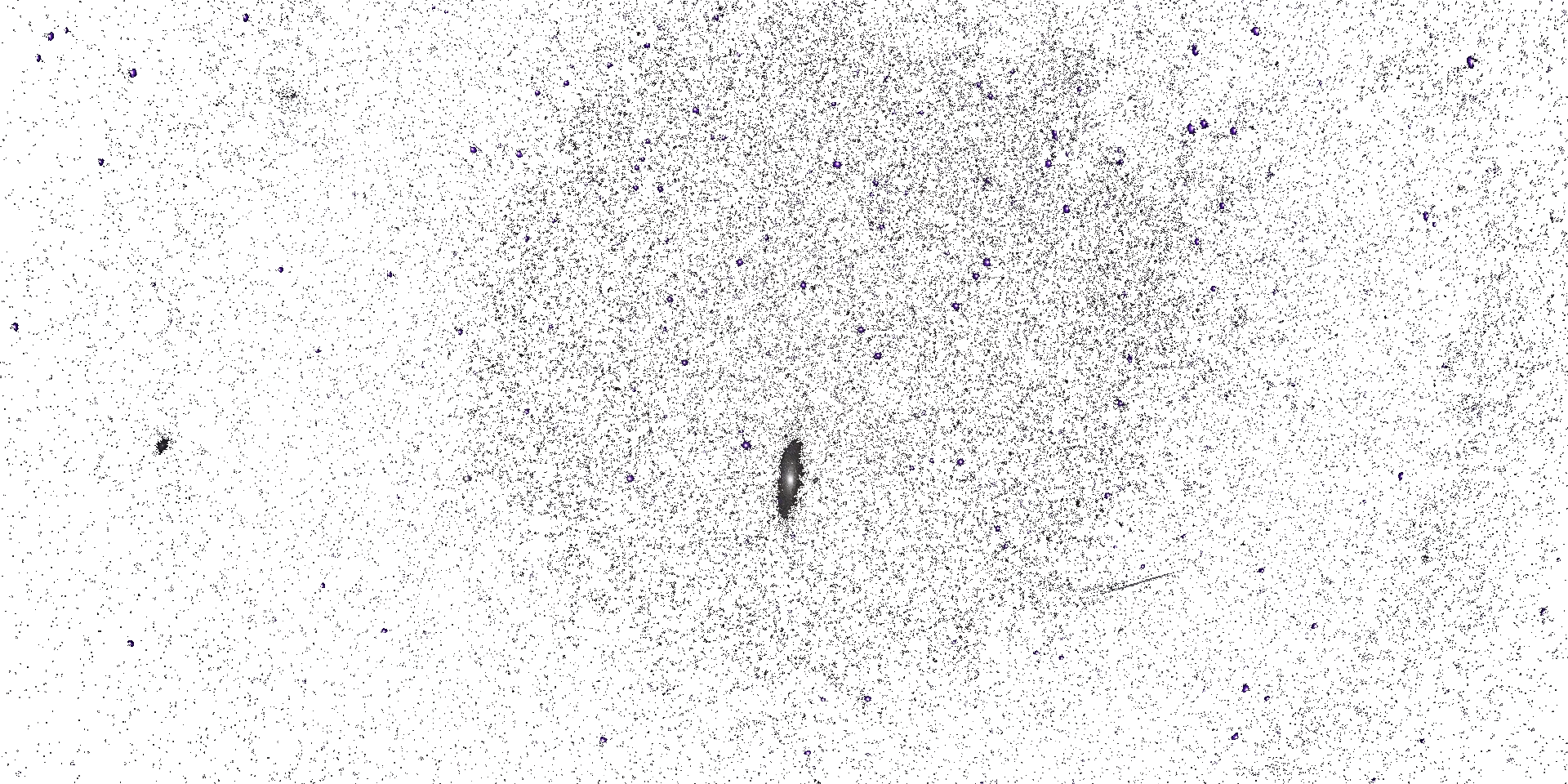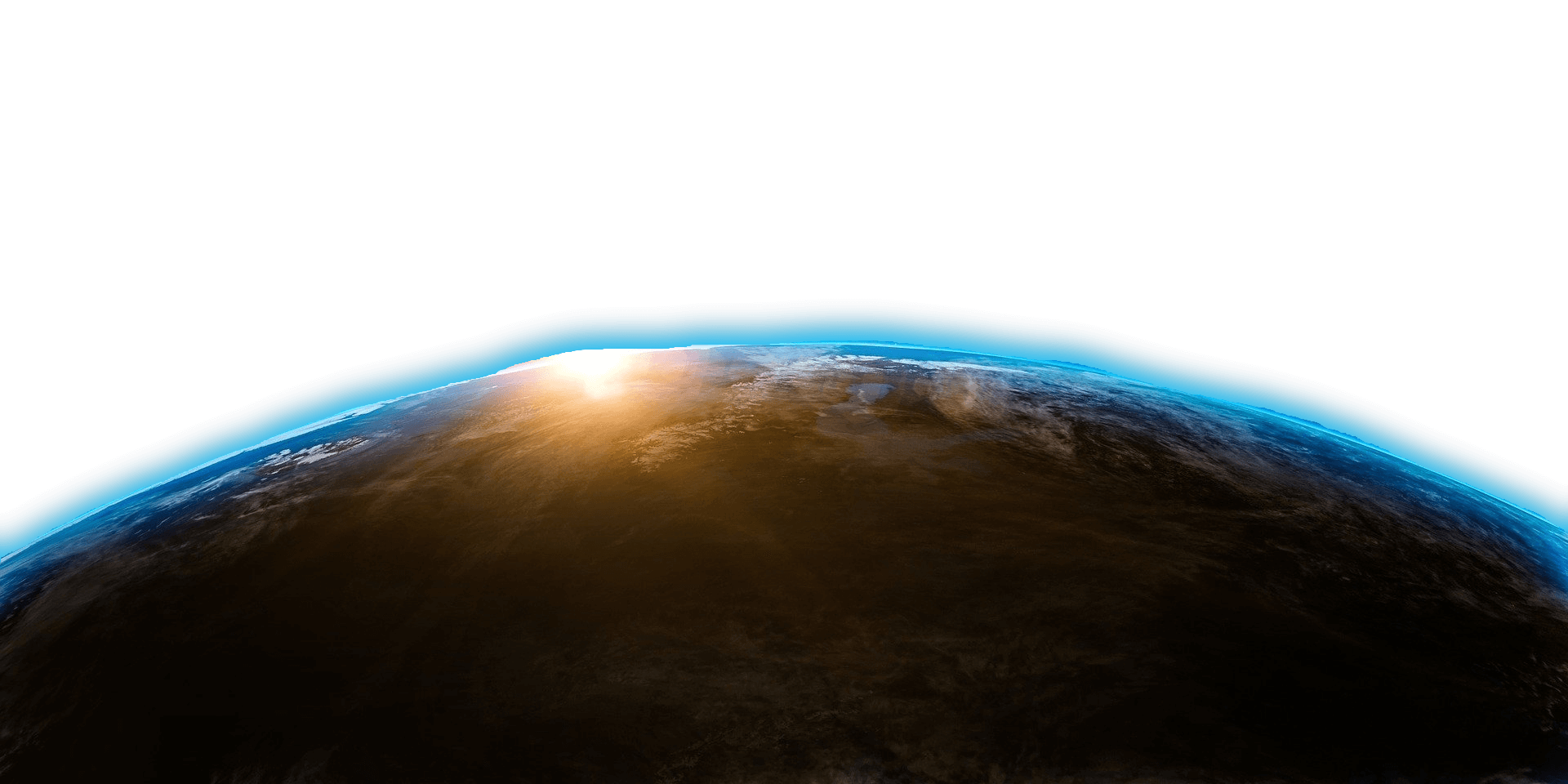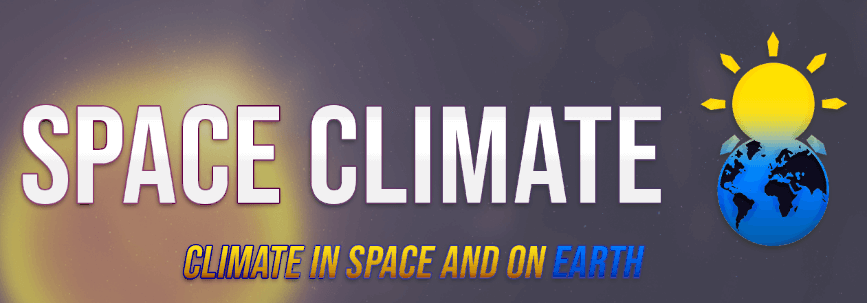




Space Climate 8 Meeting Abstract
Sunspot number, group number and F10.7: new insights
Frédéric Clette (Royal Observatory of Belgium)
Laure Lefèvre, Shreya Bhattasharya
Since the first major revision of the sunspot number series in 2015, further analyses have been conducted and new original data have been retrieved and revisited, in view of an upcoming improved version (3.0). We will summarize here the recent advances, including the construction of the database of the Zurich source data, and the specific studies of key observers: Carrington, Schwabe and Wolfer, who mark key transitions in the construction and calibration of the sunspot number. We will also briefly compare this new series with the parallel group number series, for which several incompatible versions still co-exist.
By providing a revised reference, Version 2 of the sunspot number series already led to various implications for solar cycle forecasts, and also for other solar activity and geomagnetic activity indices. We will describe in particular new findings regarding the properties and homogeneity of the F10.7cm radio flux, which were enabled by the higher accuracy of the new sunspot number series. This includes the detection of a 10% scale jump in this reference radio flux in 1980.
The sunspot number series, our longest record of solar activity, can thus still bring new insights on the evolution of the solar cycle, presently and over the coming years, now that its end-to-end upgrade has become a continuous process.
